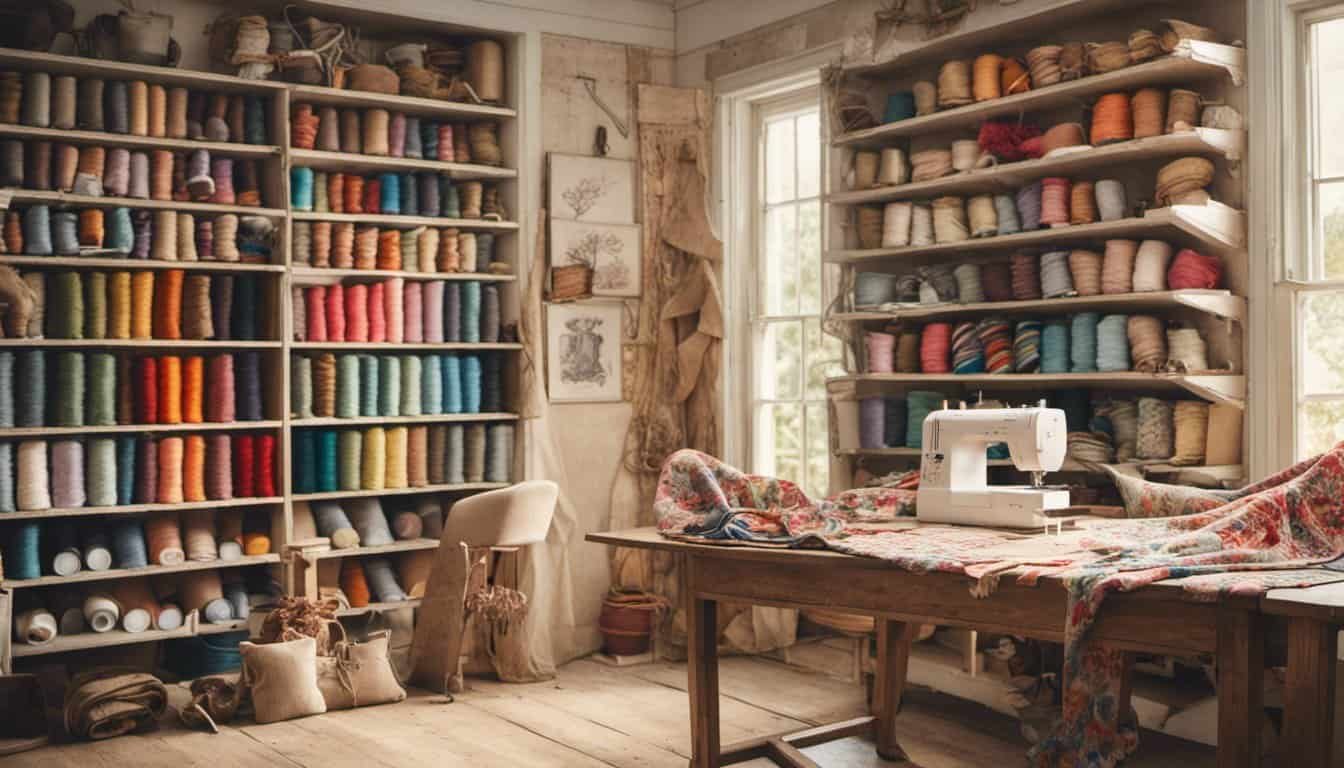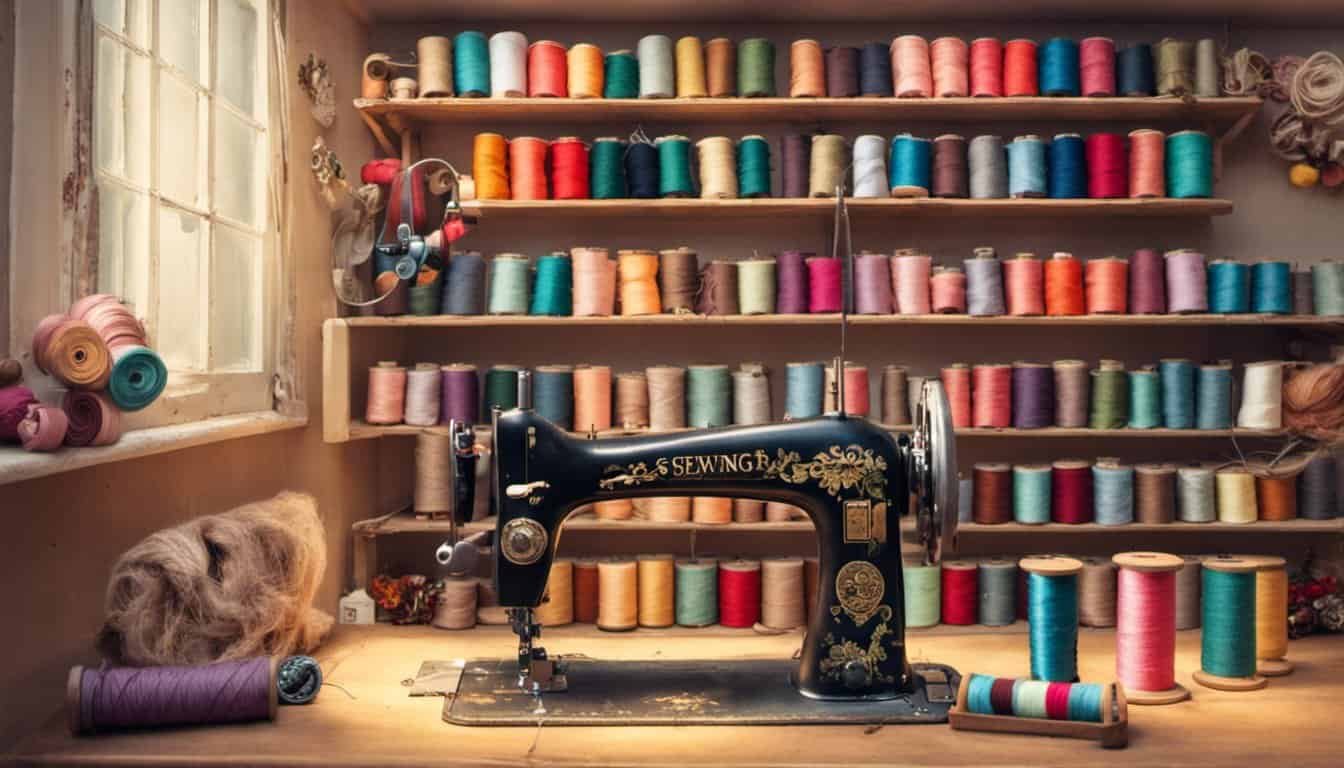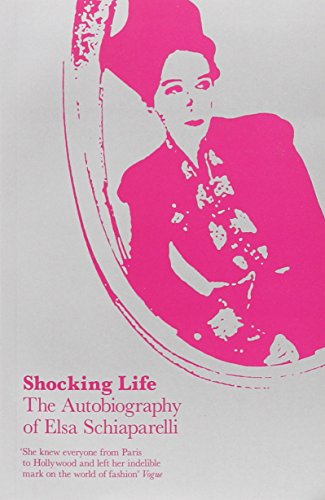Have you noticed a surge in DIY sewing lately? You’re not alone. More people are picking up needles and threads to create their own clothes and accessories.
This trend goes beyond saving money. It’s a way to express your creativity and embrace sustainable fashion. Whether you’re a seasoned tailor or just starting out, DIY sewing offers something for everyone.
Ready to dive into the world of homemade garments? Let’s explore why DIY sewing has become such a beloved hobby in the 21st century.
History Of DIY Sewing
DIY sewing traces its roots to ancient civilizations, where hand-sewing was essential for creating garments. Early societies relied on basic tools and natural materials to craft clothing, illustrating sewing’s fundamental role in human survival.
During the Industrial Revolution in the 18th century, sewing underwent significant transformation. The invention of the sewing machine in 1790 by Elias Howe revolutionized garment production, making sewing more efficient and accessible. Mass production reduced costs, allowing broader segments of society to engage in sewing, both professionally and personally.
The 20th century saw DIY sewing adapt to cultural shifts. In the 1960s and 1970s, the counterculture movement embraced homemade clothing as a form of self-expression and resistance against mainstream fashion. This era emphasized individuality, prompting more people to learn and practice sewing as a creative outlet.
Advancements in technology in the late 20th and early 21st centuries further influenced DIY sewing. The rise of the internet provided access to tutorials, patterns, and communities, simplifying the learning process. Digital tools and modern sewing machines enhanced precision and creativity, attracting a new generation of sewing enthusiasts.
Today, DIY sewing continues to grow, driven by factors such as sustainability, customization, and the desire for unique fashion. The historical evolution of sewing from a necessity to a popular hobby highlights its enduring significance and adaptability in contemporary society.
Factors Contributing To The Rise
Several key factors have fueled the growth of DIY sewing in recent years.
Social Media Influence
Social media platforms showcase countless DIY sewing projects, inspiring your creativity. Influencers share patterns, tutorials, and tips, making sewing accessible. Online communities offer support, feedback, and motivation, enhancing your sewing journey.
Availability Of Resources And Tutorials
Access to online tutorials expands your sewing skills and knowledge. Websites provide a variety of patterns, videos offer step-by-step guidance, and forums facilitate problem-solving. Affordable materials and tools are readily available, enabling you to start and sustain your DIY sewing projects.
Benefits Of DIY Sewing
Embracing DIY sewing enhances your crafting journey and daily life in meaningful ways.
Creativity And Personalization
Design garments and accessories that showcase your unique style, allowing endless customization. Choose fabrics, colors, and patterns that match your preferences. For example, incorporate specific motifs or adjust fits to suit your body perfectly. Tailor each piece to reflect your personality and creativity.
Cost-Effectiveness
Save money by creating your own clothing and accessories instead of purchasing ready-made items. Repurpose materials to lower costs and minimize waste. For instance, transforming old jeans into a stylish tote bag reduces the need to buy new bags. Additionally, crafting your own garments often costs less than similar quality items from retailers.

Challenges And Solutions
Limited Sewing Skills
Mastering new techniques can be daunting, especially when starting out. However, enrolling in online courses or watching detailed tutorials can quickly enhance your skills. Websites like Craftsy and YouTube offer step-by-step guides that cater to all skill levels, making learning accessible and manageable.
Finding Reliable Patterns
Accessing quality patterns sometimes feels challenging, which can lead to frustration in your projects. To overcome this, rely on reputable sources such as BurdaStyle or independent designers on Etsy. Additionally, joining sewing communities can provide recommendations and reviews to ensure you choose patterns that fit your needs.
Access to Quality Materials
Sourcing high-quality fabrics and materials often poses a significant hurdle, potentially affecting the outcome of your creations. To ensure you have the best materials, shop at local fabric stores where you can feel the fabric or browse trusted online suppliers known for their quality. Participating in fabric swaps with fellow sewers can also be a cost-effective way to access diverse materials.
Time Management
Balancing sewing projects with daily responsibilities might seem overwhelming, leading to unfinished creations. To manage your time effectively, set aside dedicated sewing sessions each week and break projects into smaller, manageable tasks. Using a planner or scheduling specific times for sewing can help maintain consistency and progress.
Cost of Equipment
Investing in essential sewing tools and machines can be expensive, deterring you from starting or expanding your projects. To address this, consider purchasing second-hand equipment from reputable sellers or borrowing tools from local makerspaces. Additionally, prioritize buying versatile tools that serve multiple purposes to maximize your investment.
Limited Workspace
« You Won’t Believe the Secrets Behind Sewing Folklore: Stitches and Stories
You Need to Start a Sewing Club in Your Area Now – Here’s How »
Creating a comfortable and organized sewing space often appears difficult, especially in smaller living areas. Optimize your workspace by decluttering and using vertical storage solutions like shelves and pegboards. Portable sewing tables and foldable storage units can also help maintain an efficient workspace without requiring extensive room.
Overcoming Creative Blocks
Feeling stuck creatively can hinder your sewing projects and reduce your motivation. Combat creative blocks by seeking inspiration from fashion magazines, social media platforms like Pinterest and Instagram, or collaborating with other crafters. Experimenting with new patterns, colors, and techniques can also reignite your creativity and keep your projects exciting.
Quality Control and Finishing
Ensuring professional-quality finishes in your sewing projects might seem challenging, which can impact the overall appearance of your work. Focus on learning proper finishing techniques such as hemming, pressing, and seam sealing through tutorials and practice. Investing time in these details will enhance the durability and aesthetics of your creations.
Staying Updated with Trends
Keeping up with the latest sewing trends and techniques can be time-consuming, making it difficult to stay inspired. Follow influential sewers and craft blogs to receive regular updates and trend insights. Subscribing to sewing magazines or joining online forums can also provide continuous inspiration and keep your skills current.
Managing Project Costs
Budgeting for materials and equipment without overspending often presents a challenge, potentially limiting your project scope. Create a detailed budget for each project and seek out sales or discounts from suppliers to reduce costs. Additionally, repurposing existing materials or using scrap fabrics can help manage expenses while maintaining creativity.

Popular DIY Sewing Trends
Embracing the versatility of DIY sewing, you explore various trends shaping the crafting community today. These trends reflect a blend of sustainability, personalization, and innovative design.
Upcycled Fashion
Transform old garments into stylish pieces, reducing waste and promoting sustainability. For example, converting denim jeans into chic jackets or turning vintage skirts into modern dresses illustrates eco-friendly creativity.
Personalized Embroidery
Add unique touches to your creations with custom embroidery. Embellishing shirts, bags, and home decor items with intricate patterns or monograms personalizes your items, making them one-of-a-kind.
Sustainable Materials
Choose eco-friendly fabrics like organic cotton, bamboo, or recycled materials. Selecting sustainable options supports environmental responsibility and enhances the longevity of your projects.
Minimalist Wardrobe
Create versatile, timeless pieces that simplify your wardrobe. Designing neutral-toned garments such as simple t-shirts, trousers, and dresses emphasizes functionality and ease of mix-and-match styling.

Custom Accessories
Design and sew your own accessories to complement your outfits. Projects like tote bags, scarves, and headbands allow you to showcase your style and craftsmanship.
Home Decor Projects
Enhance your living space with homemade textiles. Sewing curtains, pillow covers, and table linens adds a personalized touch to your home, reflecting your aesthetic preferences.
Tech-Integrated Clothing
Incorporate technology into your sewing projects for innovative designs. Examples include integrating LED lights into garments or creating pockets for gadgets, merging fashion with functionality.
Gender-Neutral Designs
Focus on creating clothing that transcends traditional gender norms. Designing versatile pieces that cater to all genders promotes inclusivity and broadens your creative scope.
Seasonal Collections
Develop themed collections based on seasons or holidays. Crafting items like summer dresses, winter coats, or festive decorations keeps your projects relevant and timely.

Quick and Easy Projects
Engage in simple sewing tasks that yield immediate results. Projects such as face masks, scrunchies, and simple tote bags cater to beginners and busy individuals seeking satisfying accomplishments.
These popular DIY sewing trends offer diverse avenues for creativity, sustainability, and personal expression, enabling you to stay inspired and engaged in your crafting journey.
Future Of DIY Sewing
Technological advancements will further simplify DIY sewing, making it more accessible. Smart sewing machines with built-in tutorials will guide you through complex projects, reducing the learning curve. Mobile apps will offer real-time assistance, helping you troubleshoot issues on the spot.
Sustainability will drive the future of DIY sewing as eco-friendly materials become more widely available. Organic fabrics, recycled textiles, and biodegradable threads will gain popularity, allowing you to create environmentally conscious garments. Additionally, innovations in fabric recycling technology will enable you to repurpose old clothes efficiently.
Online communities will continue to grow, providing platforms for collaboration and support. Virtual workshops and webinars will offer specialized skills, catering to diverse interests and skill levels. Marketplaces focused on handmade creations will expand, giving you opportunities to sell your unique designs directly to consumers.

Customization will become more prevalent with the rise of personalized patterns and tailored designs. Digital pattern-making software will allow you to create custom-fit garments, ensuring your projects meet your exact specifications. Augmented reality (AR) tools will enable you to visualize designs in 3D before sewing, enhancing creativity and precision.
Integration of artificial intelligence (AI) will streamline the sewing process by predicting fabric behavior and suggesting optimal cutting techniques. AI-driven design tools will inspire new styles and trends, keeping your DIY projects fresh and innovative. As these technologies evolve, they will empower you to push the boundaries of your creativity and efficiency in DIY sewing.
Conclusion
Embracing DIY sewing opens up a world of creativity and personal expression for you. Whether you’re transforming old fabrics into something new or crafting unique pieces that reflect your style, the possibilities are endless. With the support of online communities and abundant resources, you have everything you need to start and grow your sewing journey.
As trends continue to evolve, you’ll find even more inspiration and innovative ways to bring your ideas to life. DIY sewing not only allows you to create something special but also contributes to a more sustainable and personalized wardrobe. So grab your thread and fabric and enjoy the fulfilling experience of making something truly your own.


















